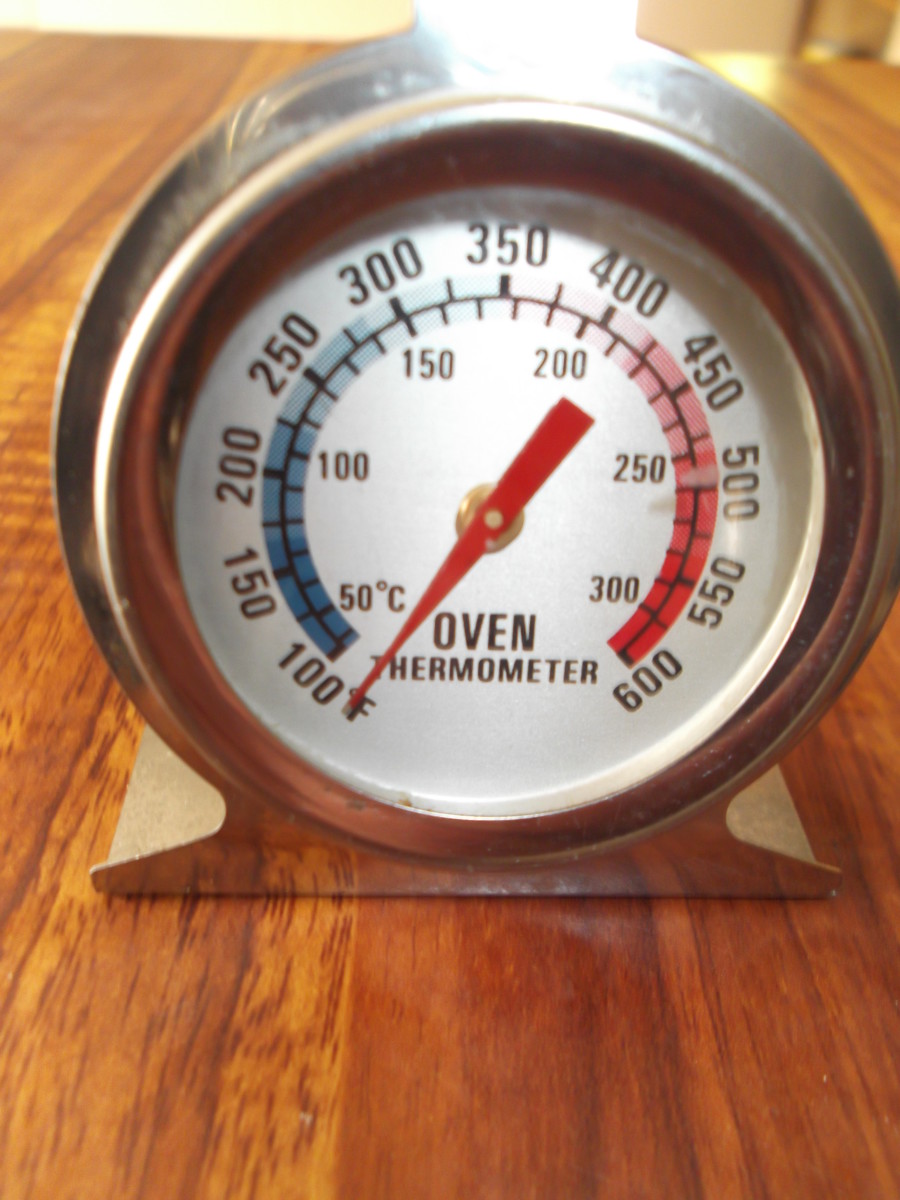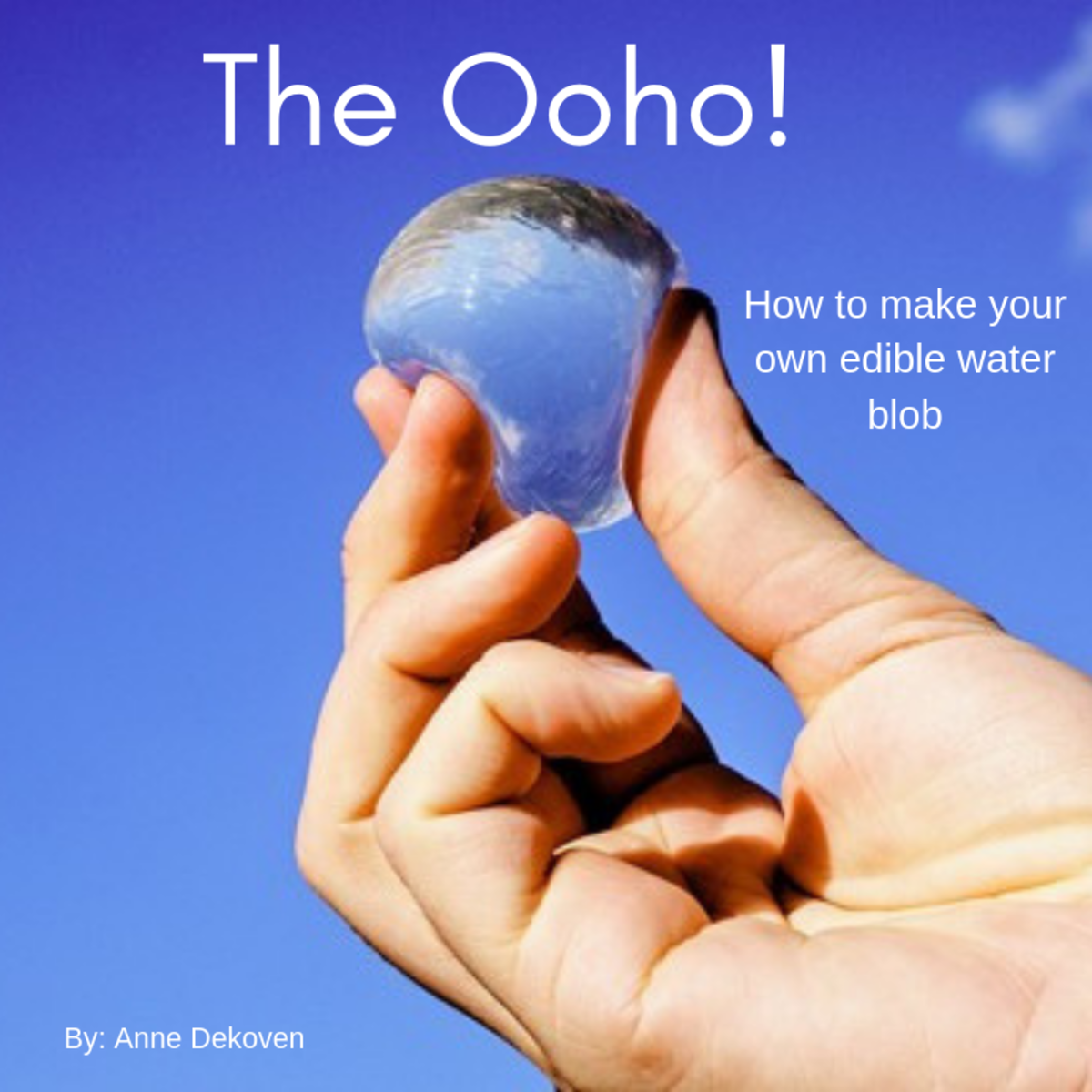Green Paint Choices: A List
Zero Voc Red Paint

Chose a Safer Paint
Nearly passing out some years ago when I painted my apartment, I knew that I could never make that mistake again. Fortunately, I had an elder in my life who told me the cheap white paint I bought - you know, just to freshen up the place before I moved in - was the cause of chills, fever and being flat on my back. It had never occurred to me way back then how dangerous paints regularly sold on the market can be.
I've since researched and chosen only what promises to be safer choices and have not felt ill since.
Most recently I decided to go red in the living room (see photo and link) and chose a zero VOC paint. Zero VOC, however, is not exactly an accurate definition, but manufacturers are allowed to get away with this deception. Still, it is far better than the traditional paints that are sold everywhere.
Note: You can also save a lot when using low and zero VOC paints by simply adding water and doing a color wash. See the link below on how to color wash cheaply - photos included.
Why choose a green paint?
Doing so will eliminate the harmful chemicals found in paints that are traditionally used, such as toxic pigments like cadmium, the biocides that are used to control fungus growth as well as the VOCs (volatile organic compounds) that release toxic compounds like formaldehyde and benzene.
Manufacturers have responded to consumer demand and have made green paint choices that are longer lasting, durable and washable. Use of a natural paint alternatives reduce the environmental impact and little energy is used in the manufacture of these paints.
Here are some choices:
Zero VOC paints - Now available in all colors, these are the ultra-low VOC paints that are considered environmentally friendly because they must meet strict EPA (Environmental Protection Agency) standards. According to the EPA, all of these paints must have less than 5 grams of volatile compound per liter in order to be labeled as zero VOC.
Low VOC paints are still available in a wide range of colors.
Paints that are most often used contain VOCs which, in turn, release airborne chemicals that may be carcinogenic both during the painting process and for years to come.
When I used these newer paints I did not feel ill after and it's been over two years since I last painted and still no problems.
The Lime Wash - is made from calcium-based minerals that are then added to water. The wash can be used both indoors and out, and is available in a a variety of colors. The lime wash provides an antique look by sinking into the subsurface and forming a glowing finish. The wash should be used on porous materials such as brick, wood, plaster and concrete.
Milk Paint (also known as Casein Paint) - is not new. In fact, it was used in ancient Egypt and is considered one of the few time-tested paint products. Milk paint is made by separating casein -- the protein in milk -- then mixing it with water, clay and earth pigments. This is an interior paint that creates a flat, matte finish. Milk paint is also used in various painting techniques such as ragging, sponging and color washing.
Clay Paints - are made from earth-based minerals that are then added to mostly water. The paint will readily adhere to walls - creating a natural adobe finish. Clay paints are offered in natural earth tones as well as orange, white and blue tints. This is the most common of all the natural paints. It also has the added benefit of effectively absorbing odors.
Flour paint - is a simple paint that can be made at home. Wheat flour is most commonly used. Clay is often used as the filler but other green fillers include chalk, marble, limestone, silica and mica. This type of paint can be used on most indoor surfaces.
Paint For Outdoor Use:
Exterior paints have biocides (a chemical used to destroy different types of living organisms) added to the product to control the growth of fungus and microorganisms - that will naturally grow in damp environments. Recently, manufacturers have created biocide-free exterior paints by using lime or zinc oxide as the active ingredient. This makes the exterior paints more benign to health and the environment.
See links below for zero and low VOC paint suggestions andother indoor healthy living suggestions.
Painting Suggestions
- How to Color Wash Walls as Cheaply as Possible!
To colorwash walls as cheaply as possible start with quality paint...and then water it down. That's it! You are now going to extend your paint about 3 times. I used a free 2 oz. paint sample to do the two... - Using Zero VOC Red Paint in My Living Room
this came out even better than I expected Our homes are filled with products that are toxic, and one of the worst products is paint. Generally, the paint we use has VOCs - or volatile organic compounds. VOCs...
More Healthy Indoor Suggestions
- Why You Should Never Use Vinyl Shower Curtains
Why shouldn't you use vinyl shower curtains? They are cheap, easy to find, and some may even be mildew-resistant. But they are also toxic. Vinyl (PVC - also known as polyvinyl chloride) - shower curtains... - Is Your Toilet Paper Itching You? Ow!
It all started innocently enough - my horror story. You just cannot run out of toilet paper - because it's just wrong. So one fine sunny day, on my way home, I knew all I had was what was hanging on the... - Warning About Camphor Use
The familiar camphor, with its strong smell, and long used as a moth repellant, is now showing up on the market in an adultered form. This form is toxic and particualry dangerous to children. Although similar... - Are Low Energy Bulbs Bad For Your Health?
Can low energy bulbs be harmful to your health? Yes, according to medical experts in the UK. While the bulbs are touted as requiring low energy and therefore lower costs to run, the issue of the high... - The Toilet Lid Must Be Put Down! It's Official and H...
Always seemed like the right thing to do - put down the lid and close the toilet. Why? Because there is a lid. I never thought of the lid as a backrest. What - do people recline while using the toilet? Yet,...



